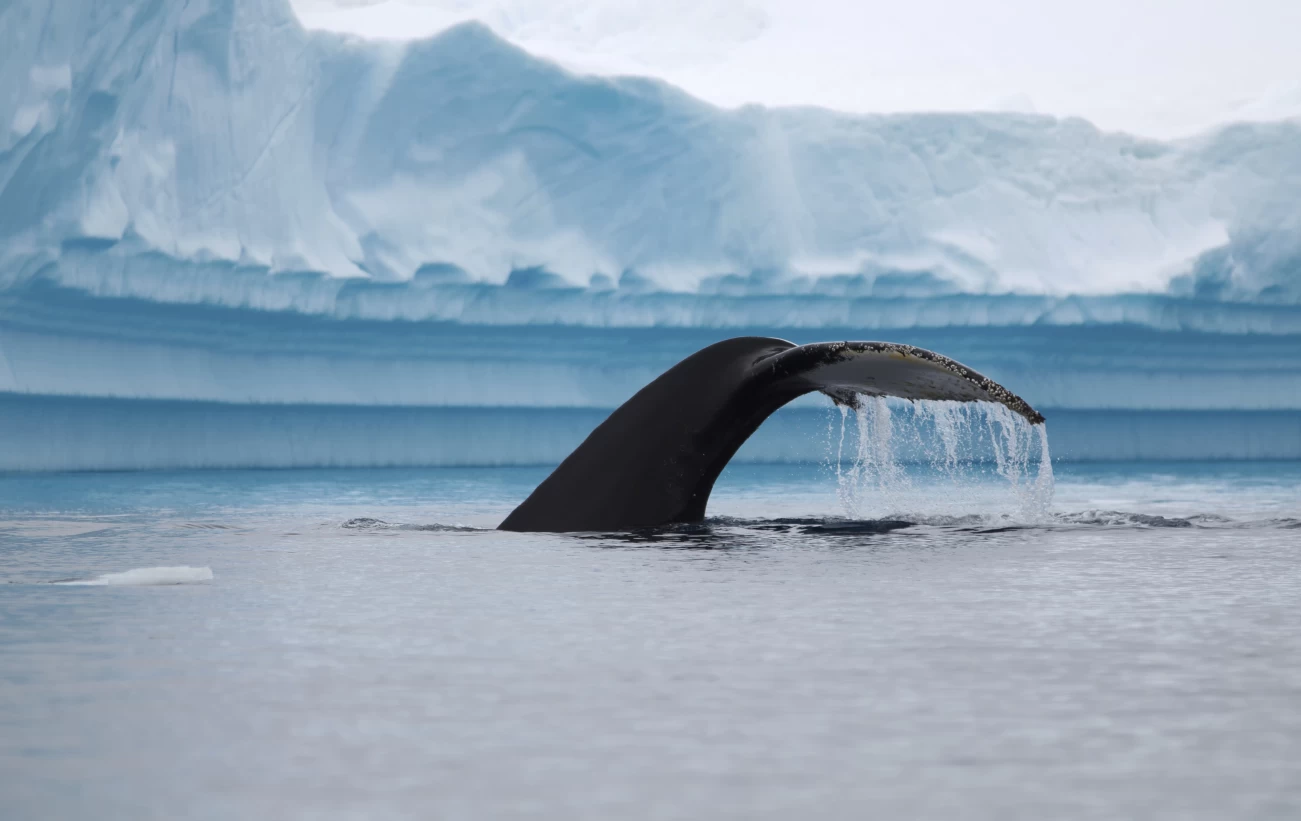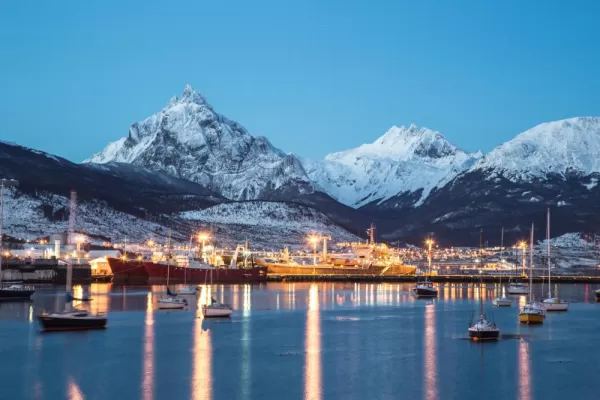The Antarctic Peninsula is known for many wildlife sightings, and the backdrops of mountains, icy landscapes, and water provide incredible scenes as you search for whales migrating along the coast. The peak of the migration season (February and March) is the best opportunity to see these ocean dwellers, as all Antarctic whale species migrate long distances, feeding in the cold, nutrient-rich Southern Ocean during the southern summer. The most common species found in the region are humpbacks, minke fin whales, and orcas. As whale season is in full swing, you have the unique opportunity to participate in one of the onboard Citizen Science projects – the Happy Whale Project. Here, you can upload photos of whales’ tails (flukes) online, along with details of where the images are taken, which are then used to analyze and identify the individual whale and track its movement across the oceans. Your contribution could make a real difference in understanding and conserving these magnificent creatures. Sightings can happen from the outer decks of the ship, during a Zodiac excursion, or on the ship’s bridge with your captain, where the open bridge policy allows you into the command center of the Ocean Nova for a look at the inner workings of your expedition and access to the best place to spot whales.
A typical expedition day begins with a wake-up call from your Expedition Leader around 7 am, giving you time to prepare for the day before joining your fellow travelers for breakfast in the Dining Room. Weather permitting, you can look forward to at least two excursions each day, offering plenty of chances to immerse yourself in the stunning Antarctic landscape. For those who crave even more adventure, treat yourself to an optional paddling excursion that offers a new perspective of this frozen expanse. You’ll also be able to take a polar plunge off the Ocean Nova. There’s nothing like a quick dip in the Antarctic’s icy depths to invigorate you!
Special information
Potential excursions and landing sites are determined by weather and ice conditions and cannot be guaranteed in advance. For a list of possible landing sites in Antarctica, go to intrepidtravel.com/antarctica-landing-sites.
Day Paddle is a one-time excursion. Little or no paddling experience is required; however, you must be an efficient swimmer, fit enough to enter and exit the kayak from the Zodiac, and able to maneuver the kayak with your paddle.
Optional activities like day paddling depend heavily on weather and sea ice conditions. Your experienced team provides regular updates on which days they are available throughout your voyage. This activity must be pre-booked via your booking agent before travel.

























